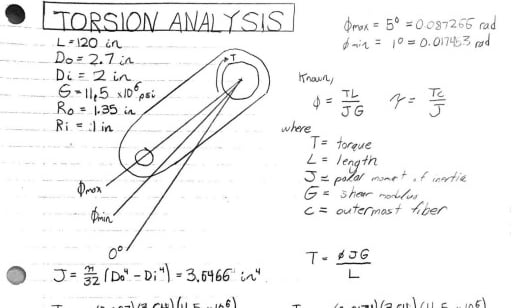CTLS (Cervical, Thoracic, Lumbar, Sacral) - (9/24 to present)

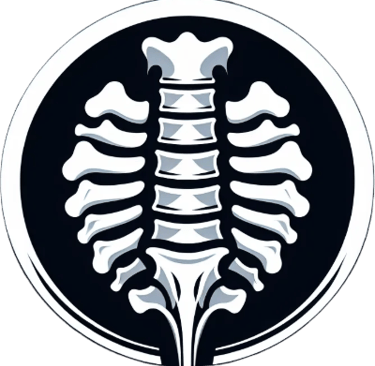
Upon graduating from college, I sought to refine my skills in 3D printing as they apply to the orthopedic space. This venture, which I have nicknamed CTLS due to its primary emphasis on the four regions of the spine, involves patient-specific 3D-printed (FDM)implants based on dimensioned pre-operative cases (as posted on LinkedIn by surgeons). For any dimensions not provided, I reached out to the surgeon to provide. I thought this would be a fun objective to challenge me, as it allowed me to practice my skills in a way that industry professionals would, whether the case be urgent or more specialized and requiring a longer time horizon. I also choose to print with FDM so I can become really good at form and fit, get a lot of practice, then progress to metallic 3D printing when my engineering career in orthopedics begins and post-market applications become routine. The next potential step at CTLS is to design and scale the manufacturing of the fixtures using metal injection molding (MIM) and CNC machining for post-market use. Even well into my career, I plan to continue this hobby and maintain not only my skills but also this digital workspace. To summarize:
Networked and collaborated with orthopedic surgeons using their LinkedIn posts to gain design input, using their dimensioned pre-op case parameters to fabricate orthopedic implants (fixtures) of my own.
A Bambu Lab P1S (FDM) 3D Printer was used to fabricate each orthopedic implant in tandem with design on SolidWorks.
Each patient-specific design was verified in SolidWorks (FEA Simulation) and validated using an Instron machine (MPa) to gain insight into design characteristics. Extremity designs were also validated through laboratory compression tests (psi).
Despite numerous prints in the year that has passed, I successfully verified and validated over 20 conceptual implants (fixtures). The previous cases for which I am most proud and have backtested are shown below. I can provide STL files for download; reach out to me using the form below!
In addition to the cases/results shown below, I am also developing several related projects in research on spinal orthoses, 3D-printed prosthetics, and custom allografts/scaffolds. For more information on how I will approach those, as well as previous projects, please refer to the bottom of the page!
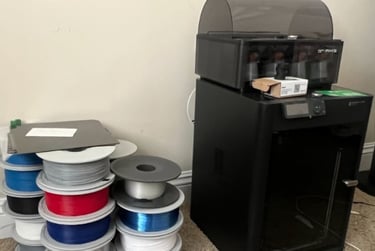

Bambu P1S 3D Printer with PETG and PLA filaments
Materials Used: Anti-Vibration Feet, Bambu Cool Plate SuperTack, Bambu Hotend - p1 series (0.2 mm stainless, 0.4 mm hardened, 0.8 mm hardened, 0.6 mm hardened), Bambu Smooth PEI Plate w Glue, Bambu Dual-Texture PEI Plate w Glue, PLA Basic (Cocoa Brown, Jade White)
PLA Matte (Marine Blue, Ash Grey, Charcoal, Ivory White), PETG Translucent (clear, light blue, teal), PETG HF (Blue, Red, Black, White, Gray)
For simple extrusions, the smooth PEI Plate was used with one PETG filament. The dual-texture PEI plate was used for more complex prints (e.g, interbody spacers) along with different PETG colors to differentiate separate components.
Below are the cases and subsequent prints for which I am most proud. I have completed numerous prints, but the examples below are, in my opinion, the most challenging and relevant.
Case #1: Cervical Spine Surgery Guide
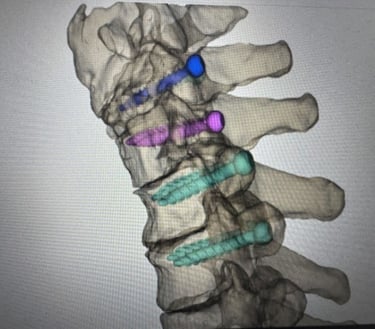

Case #3: ACDF Print
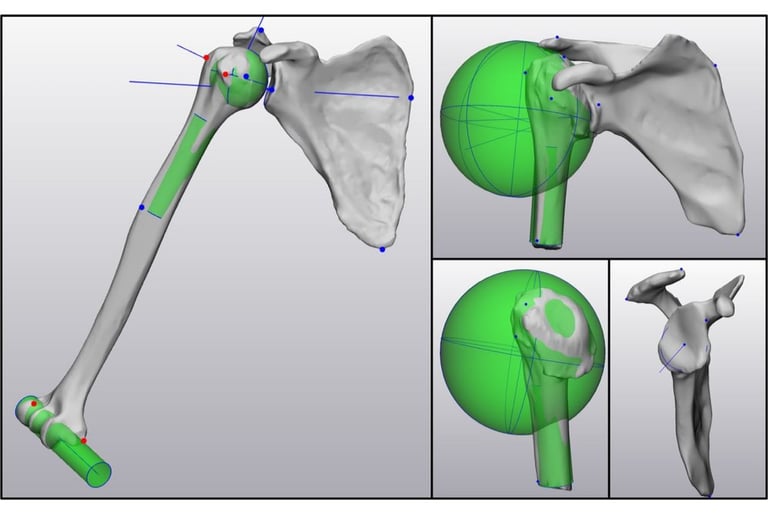

Instron Machine (UTS)

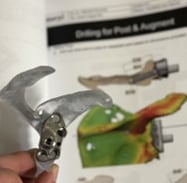
Thanks to Heath Henninger in my network for posting earlier this year about patient-specific shoulder STL files. This is a print I did using both PLA and PETG to create a surgical guide for shoulder surgery in the scapula, aligned with a shoulder model provided by Heath and Zenodo.
PLA (grey matte) was used to mimic the scapula surface, while PETG (HF) was used to create an attached plate. Further testing was also conducted using a compression machine, and the plate was verified to withstand a pressure of 200 pounds per square inch (psi).

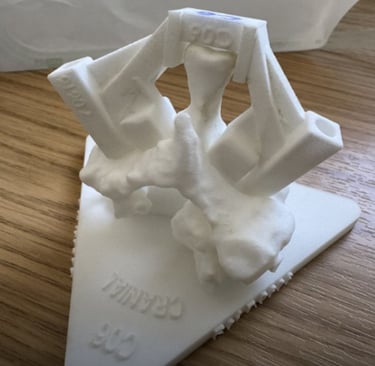
Reached out to a local surgeon for past segmentation data; utilized Materialise 3-matic to fabricate a surgical guide for a past posterior cervical surgery.
The guide was created specifically for C6, and pedicle screw placement is used, with documentation advising the use of an inserter (torque direction).
Backtesting on this past case and a few other similar ones has allowed me to understand how to communicate with surgeons as well as incorporate feedback; in this case, as the meshing shows, C6 was an essential part of this case because it is the endpoint of fixation, along with C3 in blue. Without proper placement when drilling, post-op complications can occur just months after surgery, where the spine can become more out of spec, and more external hardware can be required, increasing cost and pain.

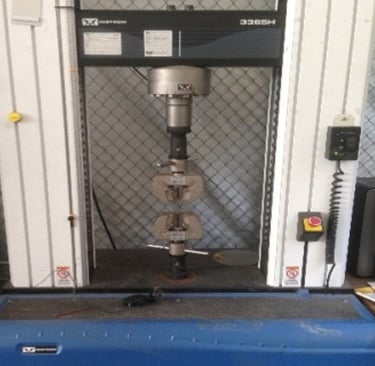
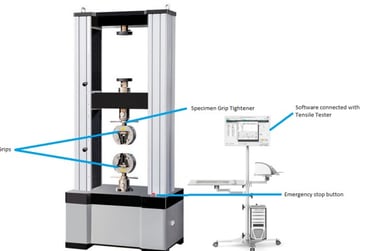

Case #2: Patient-Specific Shoulder Guide
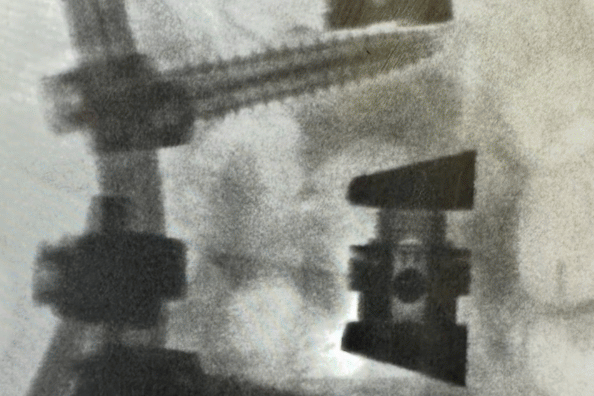

Self-Propelled Beach Wheelchair (9/23-8/24)

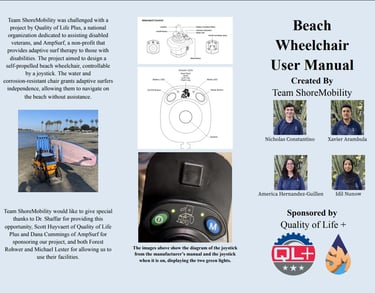
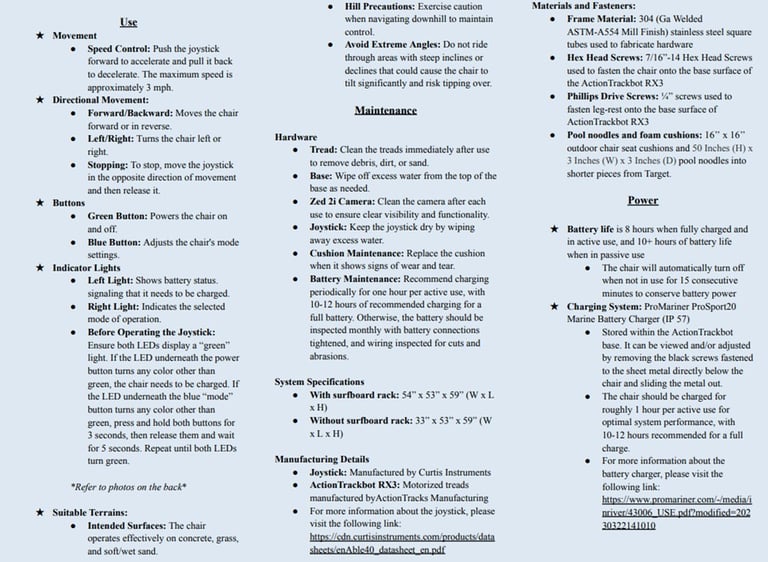

Team ShoreMobility was challenged with a project by Quality of Life Plus, a national organization dedicated to assisting disabled veterans, and AmpSurf, a nonprofit organization that provides adaptive surf therapy to individuals with disabilities. The team designed a self-propelling beach wheelchair that is controllable by a joystick. This chair will enable adaptive surfers to navigate the beach independently, providing them with greater independence. It is also designed to withstand wet and sandy terrains easily.
In addition to the project description above, the team created a comprehensive list of media to support the presentation of the team's efforts for our capstone project. Below are the materials presented at Design Day by me and the team: the User Manual, Corrosion Chamber, and Design Day Video/Poster; other supporting documentation developed throughout the design process is also shown below.
After conducting a finite element analysis (FEA) on the chair under a simulated load of 1000 lb, the resulting factor of safety (FOS) was 24
The YouTube video and V&V chart also detail the completion of all system requirements set out by the team.
To summarize project duties:
Led a 4-person team of Mechanical Engineers that developed and delivered a Class 2 Medical Device: a self-propelled beach wheelchair capable of transporting adaptive surfers with paraplegia or quadriplegia to and from the beach shore safely.
Managed project logistics such as: budget, team meetings, timeline, material procurement, vendor and stakeholder communication, an Integrated Master Schedule (Gantt Chart via TeamGantt), and Engineering Change Orders for compliance.
Modeled and assembled the final system design of the all-terrain wheelchair in SolidWorks; conducted FEA to verify load-bearing capacity (300-1000 lb). Created the Final Bill of Materials in an engineering drawing following GD&TASME Y14.5.
Integrated an NVIDIA Jetson Nano microcontroller with a ZED 2i stereo camera to enable semi-autonomous features (e.g, spatial mapping, object detection) to the chair via machine learning (PyTorch and Ultralytics YOLO). To enable obstacle avoidance in conjunction with the wheelchair’s motor controller (AC/DC connections), an emergency stop function was created. The chair is maneuverable via a joystick for use by adaptive surfers and also automatically stops to avoid any objects upon detection. ● Assisted with fabrication (welding) of chair and leg rest hardware made from 304 Stainless Steel (ASTM-A554 Mill Finish). Conducted validation and testing procedures to ensure compliance with safety and technical parameters outlined in the Preliminary Design Report(PDR); incorporated continuous stakeholder feedback throughout the design process. ● The final working prototype was received successfully by the sponsor (QL+) and industry at the Senior Design Day Expo in May; the wheelchair was delivered to the client(AmpSurf) in August(couldn’t be delivered earlier due to the client’s prior obligations). From May to August, I was responsible for maintaining equipment and ensuring the prototype retained all its working functions.

Design Day (Use Case) Video
Design Day Poster
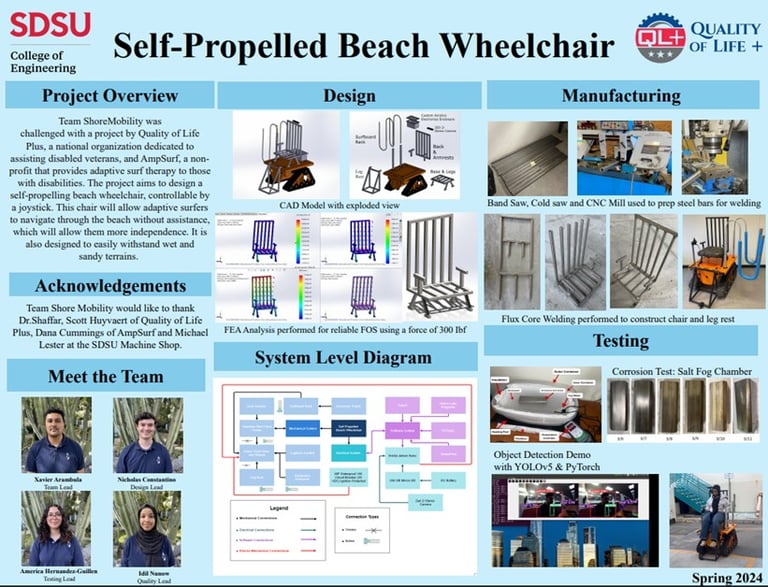

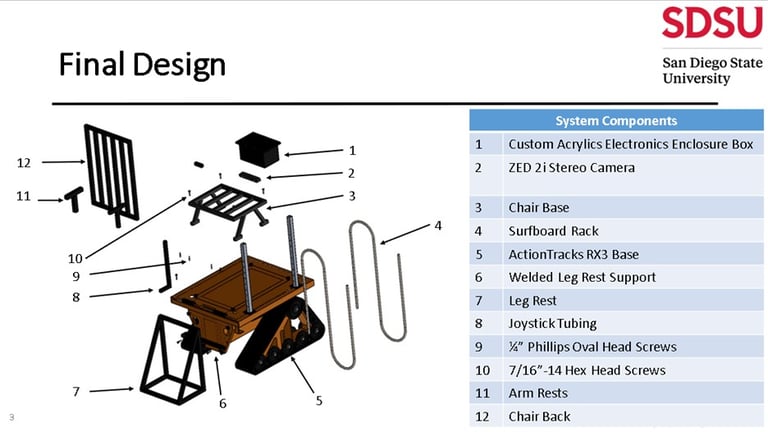




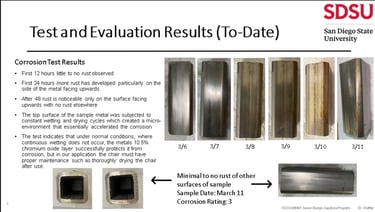
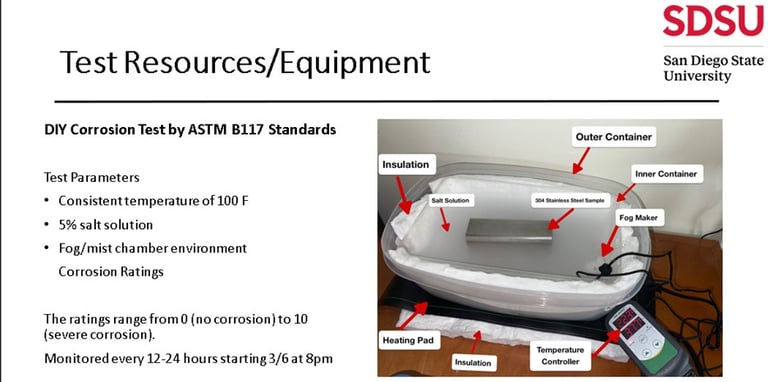

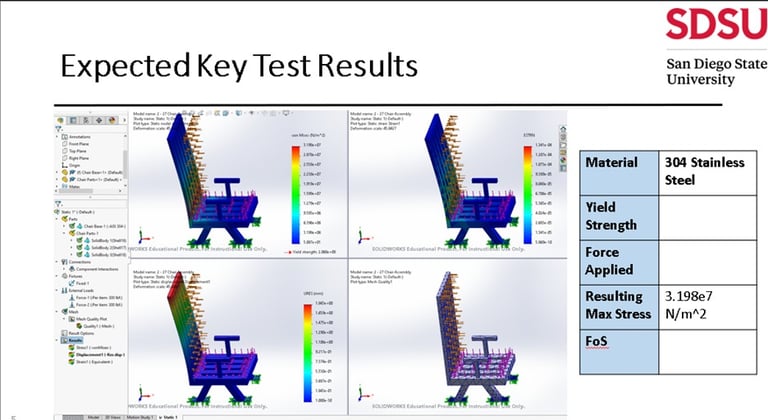

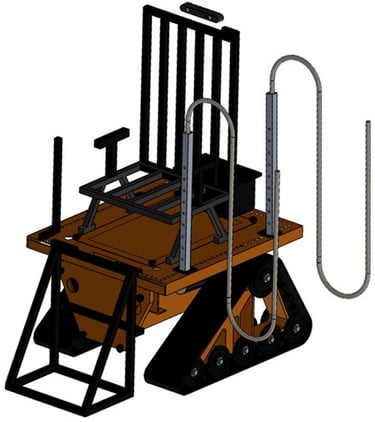

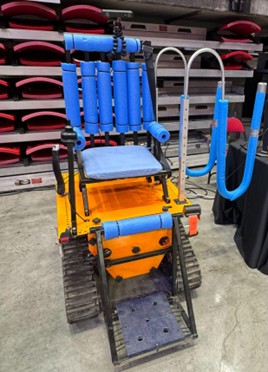

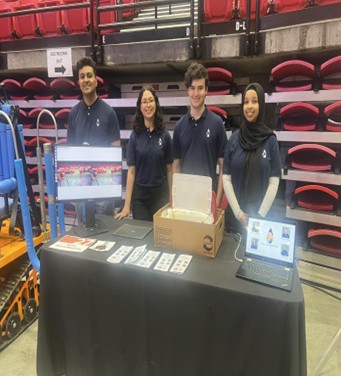

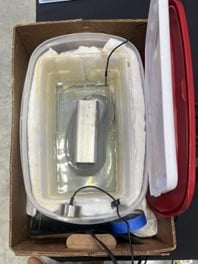

User Manual
Final Design Exploded View
Verification and Validation
Corrosion Test Results (ASTM-B117)
Finite Element Analysis (FEA)
Design of Experiment (DOE)
Final Design (CAD; Physical Model)
Design Day Expo Setup
Corrosion Chamber (ASTM-B117)
SoundScape (8/19)
● An interdisciplinary group engineering design project that warns headphone users of potential hearing damage; assisted with fabrication, design, and created adequate tolerance fits for electronics sub-assembly within the final design. As a Mechanical Engineer, I worked with two electrical and Computer Engineers, one aerospace engineer, and one structural engineer. Building on my experience with 3D printing for audio applications from the previous spring, specifically with the Anti-Tangle Earbuds Case (shown below), I contributed to the development of the use case for the final working prototype for this specific situation, in addition to the technical aspects.
● Worked on 3D Printing the grey filament in the Machine Shop to create an adequate enclosure for assembly, and developed appropriate tolerance fits for the haptic motor and hex batteries.
● Created during the Summer Engineering Institute (SEI) 2019 and successfully received at the end of the Summer Session, for the public, university partners, and incoming undergraduates.
● As shown, the Adafruit FLORA microcontroller is connected to several Hex Batteries (in red) and a vibrating haptic motor. Research was conducted on harmful decibel ranges (120-160 dB) and coded appropriately in the Arduino IDE to alert the user to potential hearing hazards when nearby audio reaches those levels. The whole enclosure was then attached to a headset to illustrate the appropriate use case. In the future, further developments could include the design of a smaller enclosure attached to headsets. Since 2019, Apple has incorporated a similar feature into its AirPods and AirPods Max. I believe this trend will continue to grow and become mainstream in the audio industry over time.
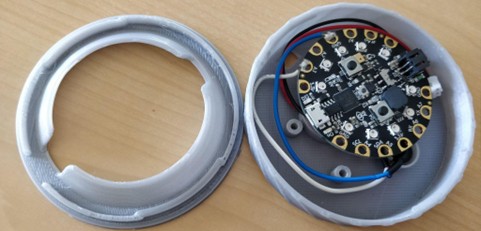



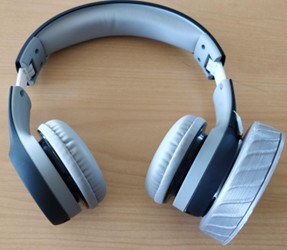

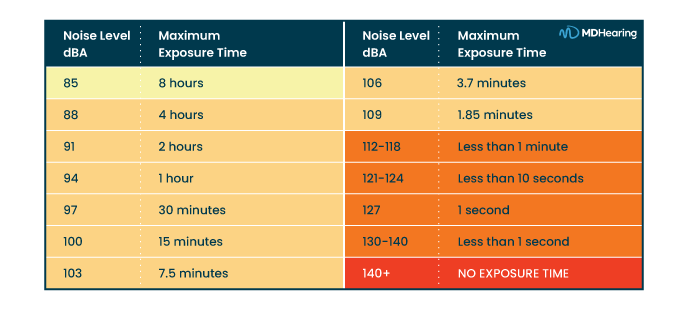

Additional Projects
Below are additional projects I have worked on over the years, as well as ones I plan to continue working on in my spare time!
Coming late 2025 and updated through 2026: Spinal Motion
-currently working on developing various 3D-printed spinal orthoses for different users' anatomies, as well as a spinal motion tracking system (using an array of flex sensors) to track the movement of the spine in each case. I will start with my own measurements, then progress to outreach to help others.
-Software-wise, will use if and else if statements in conjunction with for loops to attain data in different ranges of motions resulting from data acquisition.
3D-Printed Allografts/Scaffolds
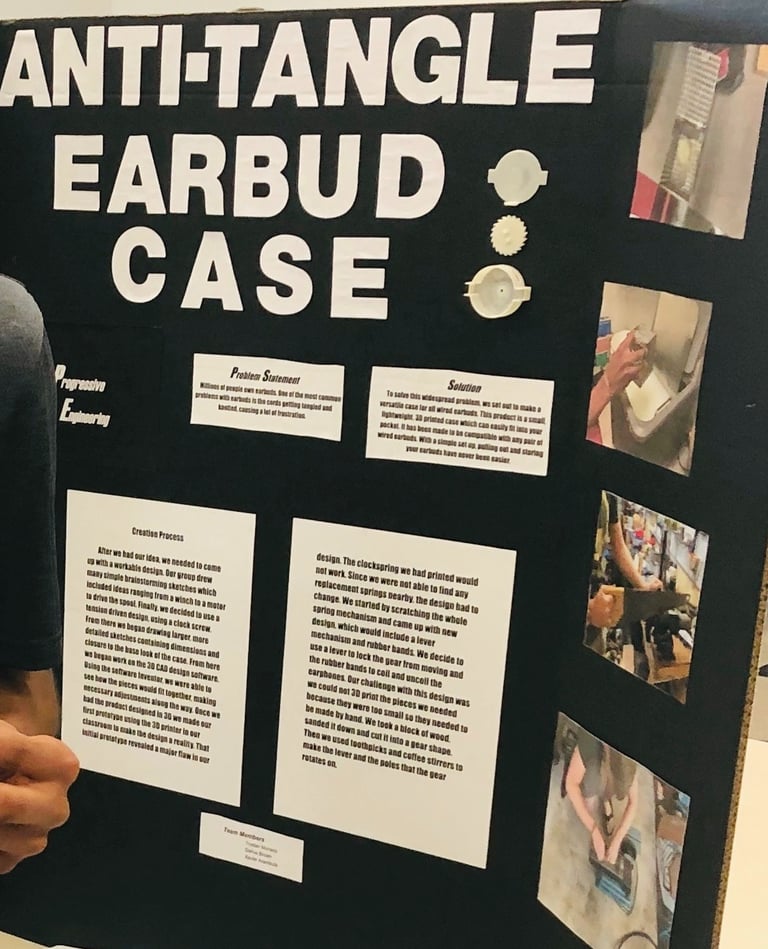

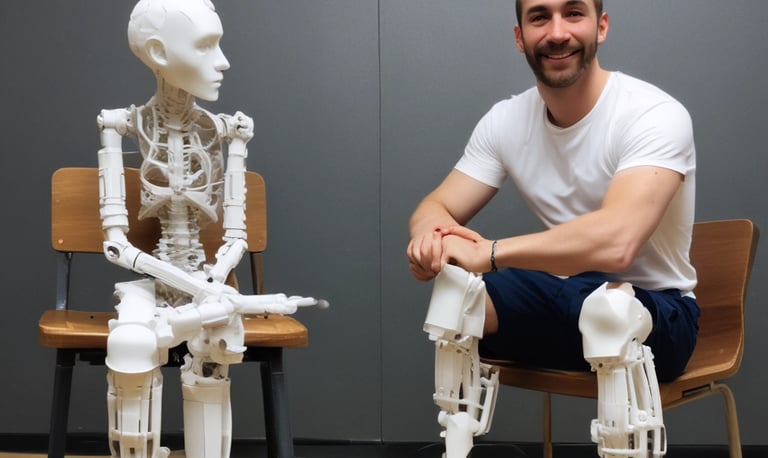

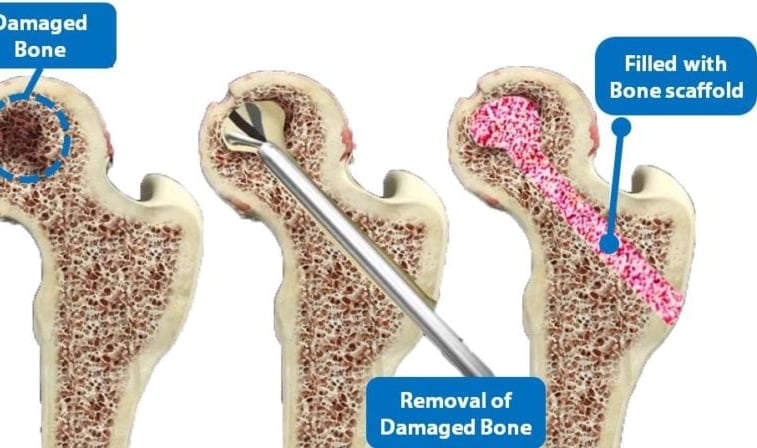

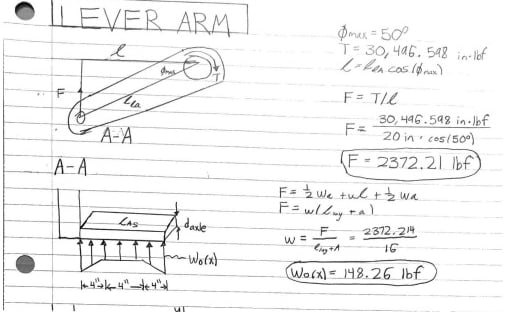

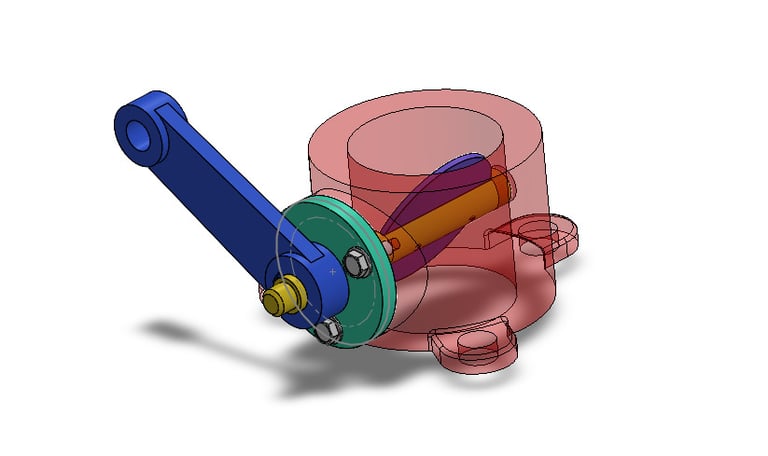

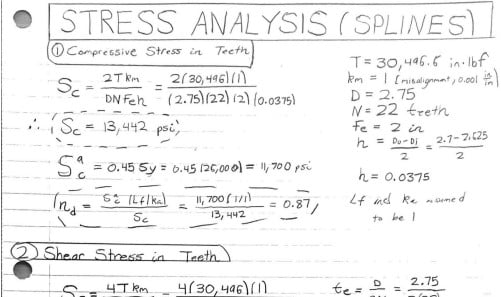

Conceptual Valve Assembly (8/21)
-Modeled an arm (blue), cover (green), housing (red), fasteners, and valve shaft (yellow) for a valve assembly capable of regulating adiabatic fluid flow with the rotation of the arm. Ran interference detection on the assembly to ensure block tolerance was nominal, and if any interference fits were present. Demonstrated understanding of assembly design, motion studies, and DFM.
Torsion Bar Design (4/23)
Designed a conceptual torsion bar suspension system for a vehicle; selected hot rolled steel as my chosen material to meet specified design criteria, as well as exceed required factors of safety. To further ensure optimal durability of the torsion bar, an extensive stress and fatigue analysis was conducted on all relevant components (shaft splines, lugs, coupling, axle, and torsion bar).
3D-Printed Prosthetics
-The above is an AI photo of lower-limb prosthetics, I think, that illustrates my concept well. Similar to the insights that Spinal Motion will provide, I aim to help others not only with insight into one range of motion but also physically with a variety of them.
-Similar to how I have networked and collaborated with orthopedic surgeons on backtesting past cases at CTLS, I also want to potentially collaborate with prosthetics and orthotics centers to help those in need as 3D-printing comes into the fold in this field; my first prototype will be using my own measurements to present proof-of-concept.
-Using Materialise software: want to present proof-of-concept for potential scaffold use for point-of-care potential in hospitals to help with bone defect procedures.
-similar to my CTLS venture, will reach out to healthcare professionals for access to segmentation, and using Materialise software, will update this section with examples.
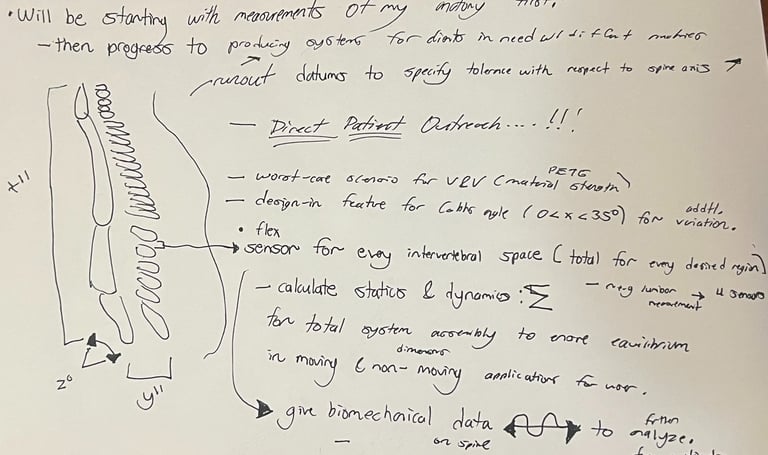

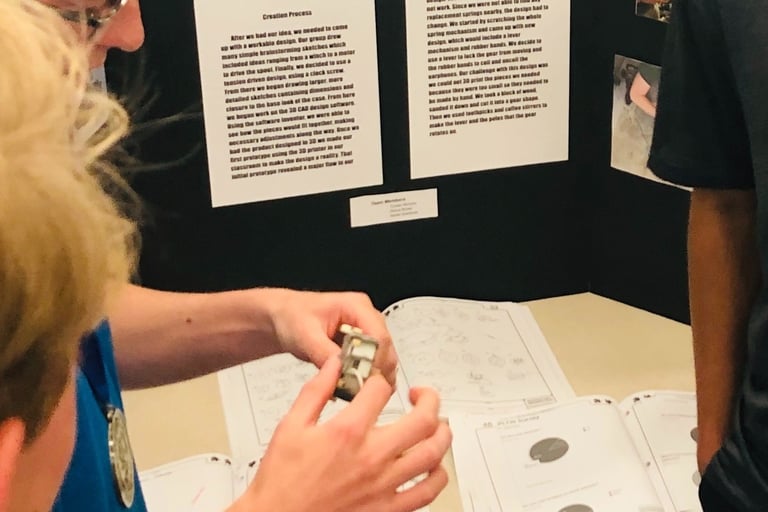

Spinal Motion
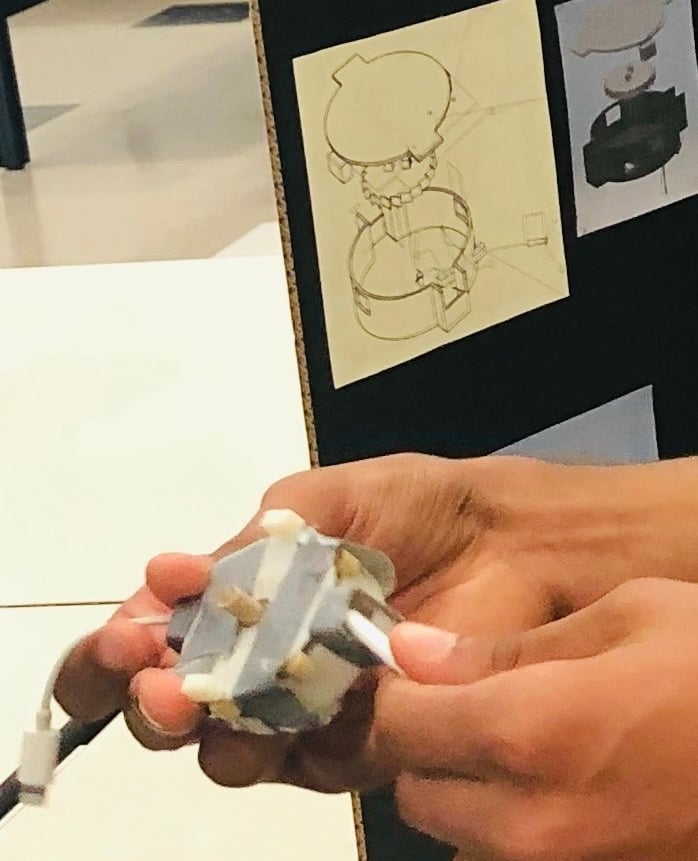

Anti-Tangle Earbud Case (5/19)
Earlier in 2019, I also worked on a project similar to SoundScape: a 3D-printed enclosure that could untangle wired earbuds. Millions of people use earbuds, and they often get tangled, making this project an ideal one to work on. The final design was achieved by 3D printing an ABS material enclosure and incorporating a wooden gear on the inside to drive tension; an ideal mechanical advantage was also calculated with the gear's number of teeth.
The gear was constructed from wood, rather than being 3D-printed, as the tolerances were not feasible for a 3D-printed gear. The tension mechanism works by using a lever to lock the gear, where rubber bands coil and uncoil, dependent on user input (work).
- Post-processing was done on the 3D-printed ABS in the form of an acid bath (solvent bath) to help remove support and achieve a better finish on the resin material.
The case is versatile, being small and lightweight, and is capable of untangling the longest of earbuds (~20").
